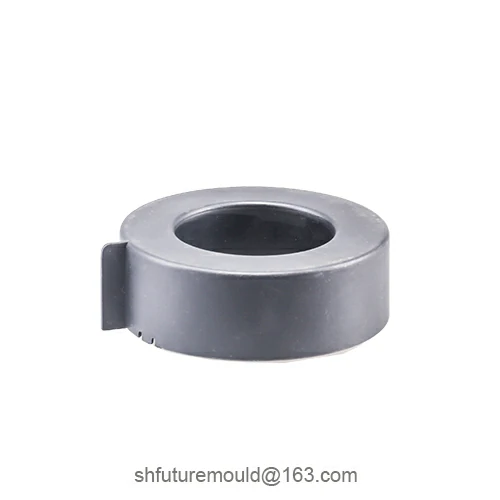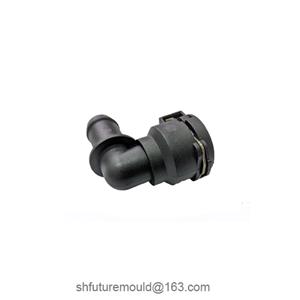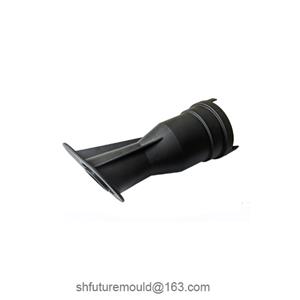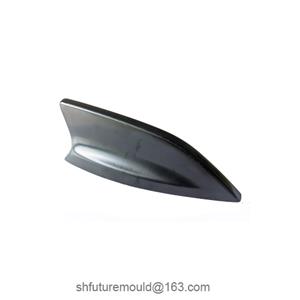Design and Considerations for Lifting Eye Holes in Injection Molds
Lifting eye holes, as the core load-bearing structure for mold handling and installation, directly impact operational safety and service life through their rational design.
1. Functional Requirements and Design Principles
1.1 Core Functions
Lifting eye holes must meet dual requirements:
Overall hoisting (self-weight + dynamic loads)
Local adjustment and positioning
Load capacity must exceed 2.5 times the mold’s maximum weight (safety factor ≥2.5).
1.2 Design Principles
Symmetry and Balance Principle:
The projection of the mold’s center of gravity must align with the geometric center formed by the lifting points (deviation ≤3% of mold length).
Strength Redundancy Principle:
The effective load-bearing thickness of hole walls ≥12mm; thread engagement length ≥1.5× thread diameter.
Operability Principle:
Hole entrance chamfer ≥C2; unified thread direction (recommended right-hand); spacing between adjacent holes ≥150mm.
2. Material Selection and Machining Requirements
2.1 Base Material Standards
Mold TypeRecommended Material
Standard Injection S50C
Precision Molds P20+Ni
Large Die-Casting H13
2.2 Thread Machining Standards
Use extrusion molding (20% stronger than cut threads).
Achieve 6H-grade thread accuracy (100% go-gauge pass rate).
Machine a 30° lead-in taper at hole entrances (depth: 3-5mm).
2.3 Surface Treatment Requirements
Anti-corrosion: Zinc plating (8-12μm) or black oxide treatment.
High-temperature molds: Apply Al₂O₃ ceramic coating (50-80μm).
- Injection Mold
- Automotive Injection Mold
- Electronics & Electrical Injection Mold
- Consumer Goods Injection Mold
- Airplane Components Injection Mold
- Medical Components Injection Mold
- Irrigation Components Injection Mold
- Injection Molds




